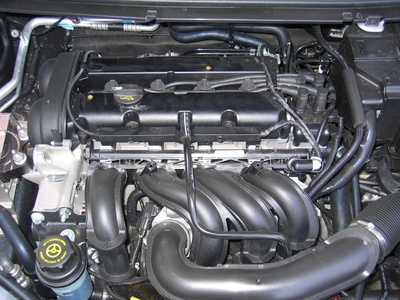
The Toyota Sequoia is the largest vehicle in Toyota's sports utility family. The body is designed to handle light off-roading, and with three rows of seating has plenty of room for big families. The rugged V-8 engine is available in both two- and four-wheel drive. When the alternator in your Sequoia begins to go bad, it won't be able to recharge the battery, resulting in difficulty starting and, eventually, inability to crank at all. Though getting a jump start will get you back on the road, the problem will resurface as soon as you try to crank it again.
Raise the hood of your Sequoia and identify the alternator, a round, metal component with a belt. Look for signs of corrosion or damage.
Check the battery connections. If the connections are loose or have corrosive build-up, the flow of electricity from the alternator is inhibited, which causes the alternator to work harder than it should. Even a new battery will begin to give out under these circumstances.
Test the alternator with a voltmeter. Connect the voltmeter to the battery while the engine is off, beginning by attaching the positive, or red, voltmeter lead to the positive, or red, battery post. Then attach the negative lead to the negative post. The reading that first registers is an indication of the voltage in the battery, which should be between 12.5 and 12.8 volts.
Start the engine and look at the reading on the voltmeter again. This time, with the engine running, the power in the alternator is registering. The reading should be between 13.6 and 14.3 volts. Anything less means the alternator is too weak to support the Toyota's engine.